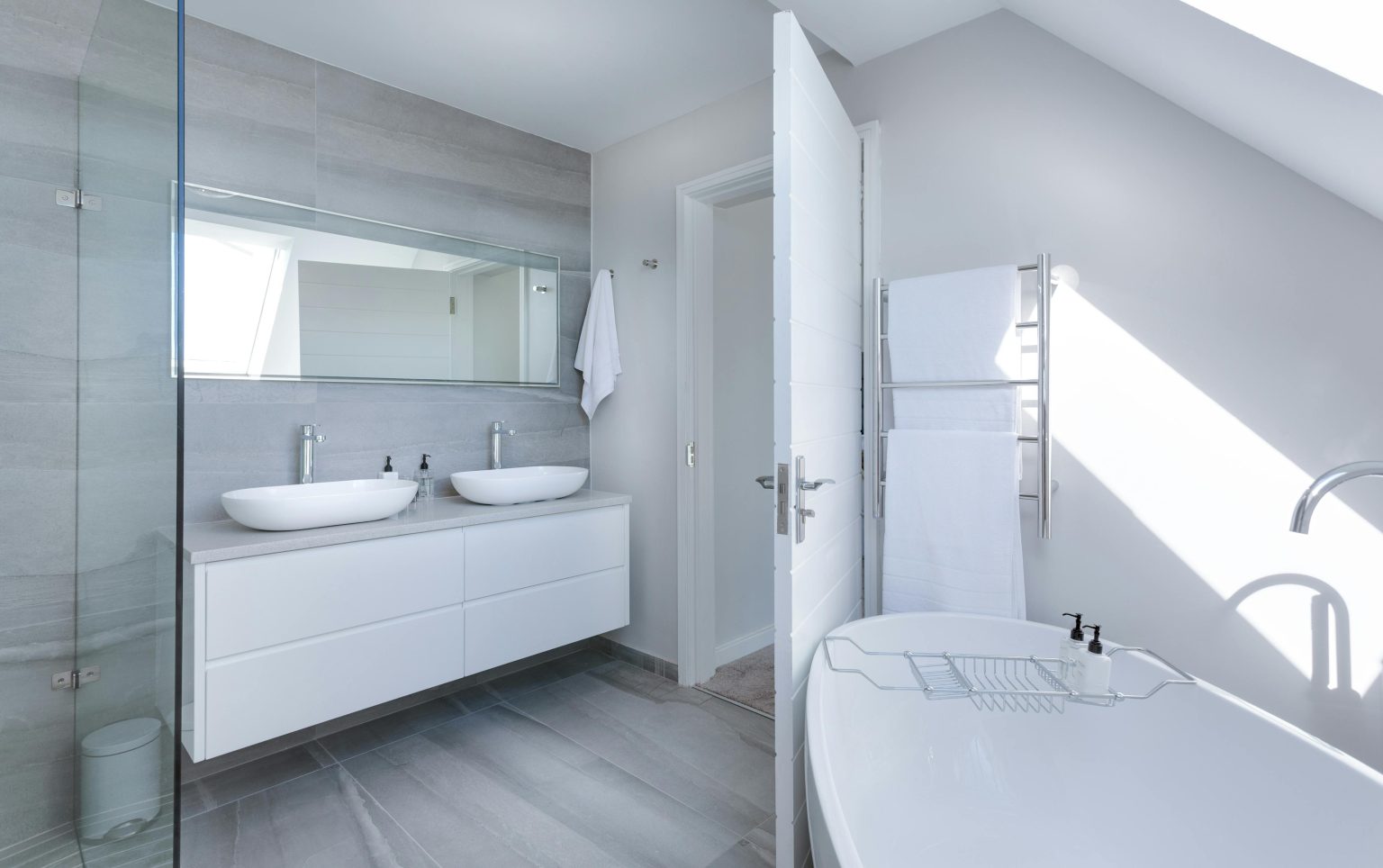As living spaces shrink and lifestyles evolve, the global home storage market is undergoing transformative shifts. By 2025, this sector is projected to reach $58–62 billion, driven by smart technology integration, sustainability imperatives, and changing consumer priorities. Here’s a comprehensive analysis of the forces reshaping this dynamic industry.
Developed Markets: Inflationary pressures in North America and Europe will drive budget-conscious purchases, favoring multifunctional storage solutions for compact urban housing.
Emerging Economies: Southeast Asia, India, and Africa will see 23% year-on-year growth as urbanization expands and middle-class households prioritize organized living spaces.
Supply Chain Realignment: Regional manufacturing hubs are emerging, with Vietnam and Thailand becoming key production centers for Western brands, while China transitions to high-end smart storage systems.
68% of millennial homeowners in the U.S. now live in sub-1,200 sq. ft. homes, fueling demand for space-optimizing solutions like modular shelving and under-bed storage.
In developing nations, 220 million new urban households by 2025 will create baseline demand for affordable plastic storage containers and closet organizers.
IoT-enabled products will capture 18% market share by 2025, with innovations like:
Voice-activated drawers (e.g., Alexa-integrated cabinets)
AI-powered storage analytics (usage pattern tracking via sensors)
Robotic closet systems (auto-sorting clothes by season/type)
Circular Materials: Mushroom-based mycelium containers and algae-derived plastics will dominate premium segments, reducing landfill waste by 40% compared to traditional options.
Production Innovations: 3D-printed customizable organizers (72-hour delivery) and AI-driven inventory management will slash costs by 15–20%.
59% of hybrid workers now demand concealed storage that blends with interiors, such as:
Wall-embedded office units
Convertible furniture (e.g., ottomans with hidden compartments)
Gen Z: Drives 35% of social-media-friendly purchases (e.g., pastel acrylic organizers with built-in LED lighting).
Luxury Buyers: Luxury brands launch products with art attributes targeting high-value audiences
Resale platforms now account for 12% of the U.S. storage market, pressuring brands to enhance durability and launch buyback programs (IKEA’s 2024 furniture recycling initiative saw 210% participation growth).

Tech giants (Amazon Basics smart bins) and appliance leaders (Samsung’s AI kitchen systems) now hold 22% market share.
Niche specialists like Japan’s TENMA dominate verticals—their foldable PP drawer units control 41% of Asia’s closet organization segment.
DTC Dominance: Brands using AR visualization tools achieve 30% higher conversion rates (e.g., U.S.-based Stor.ai’s virtual room planner).
Experiential Retail: IKEA’s Tokyo “Space Cure” studio boosted in-store sales by 27% through free 1:1 storage consultations.
Total Value: $620B (5.8% CAGR) with Asia contributing 43% of growth.
Hot Segments:
Pet/kids storage (+19% YoY)
Commercial solutions for co-working spaces (+24%)
Critical Risks:
Oil price volatility (60% of containers use PP/PE plastics)
Trade wars causing 15–30% regional price disparities
Smart Ecosystem Lock-In
Patent RFID-tagged systems (e.g., “Find My Item” apps) to create switching costs.
Preemptive Partnerships
Collaborate with property developers to install branded storage in 80% of China’s new smart apartments.
Sustainability Storytelling
Launch blockchain-tracked “Carbon Negative” product lines—64% of EU consumers now prioritize ESG-certified storage.
The 2025 home storage market will reward players that balance:
✅ Tech-Enabled Utility (IoT + AI personalization)
✅ Planet-Conscious Design (Zero-waste production)
✅ Hyper-Relevant Marketing (Gen Z social commerce + silver economy solutions)
Brands that embed storage into broader “lifestyle management” narratives will lead the $620B future of organized living.